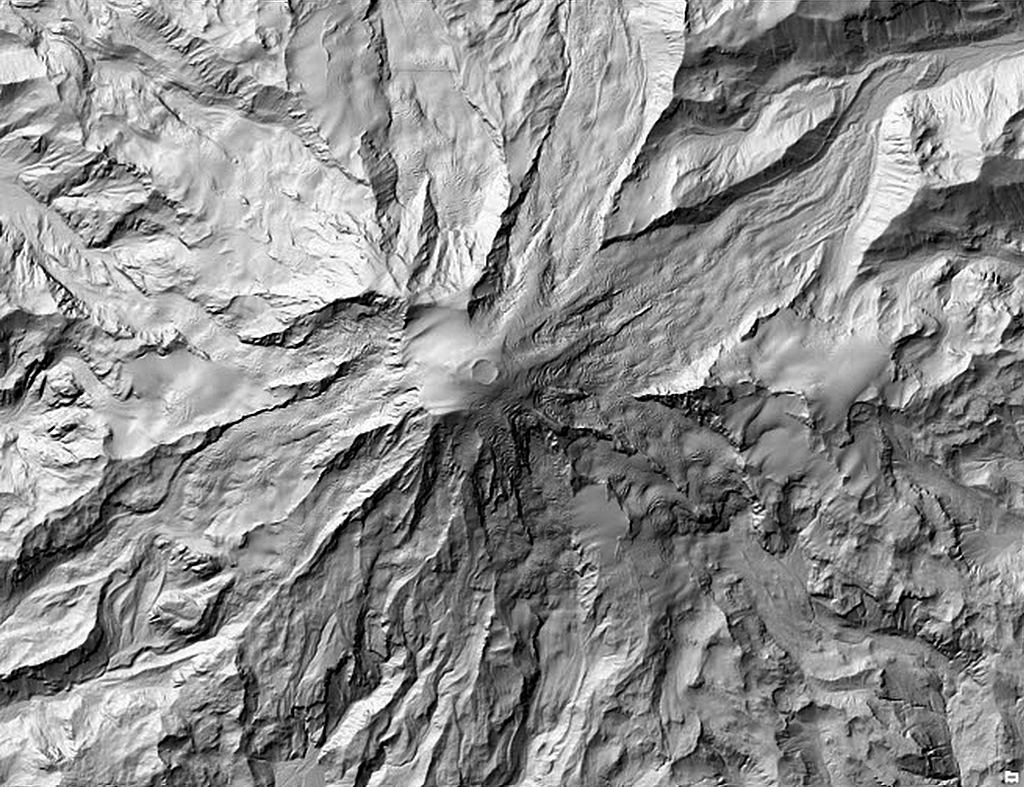Unveiling the Wonders of Hillshade Lapak gis: A Visual Spectacle for Map Enthusiasts

Greetings from the Hillshade Lapak GIS map universe! Hillshade maps offer a 3D depiction of the ground surface, making them an exciting and practical tool in today’s technologically advanced society. In contrast to a detailed topographic map, these maps show the effects of shadows cast by the ground, replicating natural lighting conditions and providing a more aesthetically pleasing representation of the environment. Hillshade Lapak GIS maps are essential for many processes, including land management, environmental evaluation, and excavation planning. Their significance cannot be overstated.
Hillshade Lapak GIS maps are essential in your toolbox, whether you’re an explorer eager to explore uncharted terrain or a professional immersed in cartography. We will go deeper into the realm of Hillshade Lapak GIS maps, comprehend their relevance, and examine their various real-world uses for them. Now let’s get going!
Table of Contents
The Science Behind Hillshade Lapak Gis Maps
For cyclists, hikers, and environment lovers alike, hillshade maps are crucial. But have you ever considered the science involved in producing these complex maps?
Every hillshade map has a digital elevation model at its foundation (DEM). The Earth’s surface, including its mountains and valleys, is mapped by this model using sophisticated algorithms.
Hillshade maps are then produced to offer a 3D depiction of the environment by investigating the relationship between the angle of the sun and the shadows thrown onto various terrain features.
Though it may appear to be magic, this intriguing process is the product of careful scientific calculations. So the next time you open a Hillshade LapakGIS map on your GPS or smartphone, stop to admire the fantastic science and technology that made it all possible.
Advantages of Hillshade Lapak GIS Maps
Hillshade Lapak GIS maps provide several benefits and are a must-have for anybody interested in land management, navigation, or visualizing terrain aspects. These maps’ capacity to represent precise topographical details, which makes it simple for users to recognize slope and aspect, is one of their main advantages.
This makes it a priceless tool for those who enjoy being outside, hikers, and property managers.
Moreover, Hillshade Lapak GIS maps are very useful for land navigation, making it simpler for adventurers to navigate difficult terrain.
These maps’ capacity to support natural resource management by giving users clear insights into land characteristics for reasoned decision-making adds to their advantages.
Limitations And Challenges In Creating Hillshade Lapak Gis Maps
Anybody who wants to see natural land characteristics like topography and elevation might benefit significantly from a hillshade map.
Nonetheless, even if they are immensely useful, one has many difficulties. The accuracy of the data used to create these maps is one problem that might occur.
When hillshade maps are projected onto maps using data from DEMs, or Digital Elevation Models, even minor errors in that sources’ data might result in wildly wrong projections.
Seasonal variations add to the difficulty since vegetation and snow cover alter how light strikes the Earth’s surface and how shadows are thrown over it; this significantly impacts the accuracy of any particular hillshade map and calls for frequent revisions. Although programs like ArcMap and QGIS might help to mitigate these problems, they still need to be addressed to effectively mapping hills.
Conclusion
Hillshade Lapak Gis is a free tool to check the three dimensions of land or hills using shadows.
It has some limitations; it needs DEM to produce the correct data, but overall it’s helpful for those who need help to grasp so much data as a geographer.




